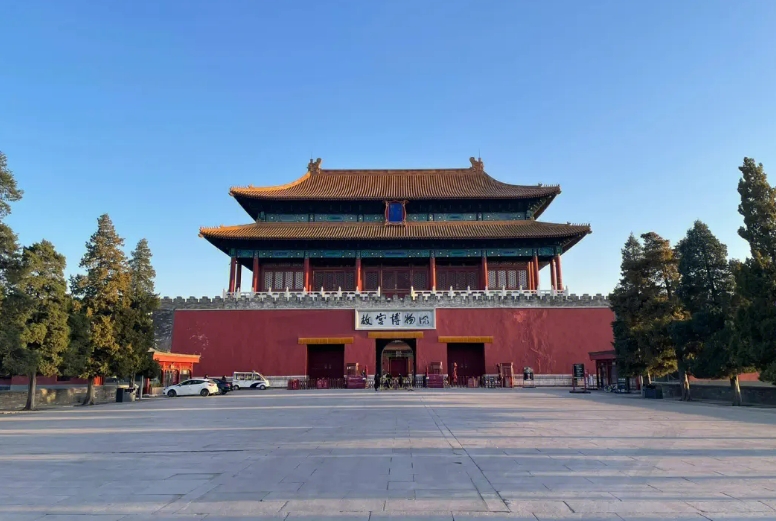
The Forbidden City: A Timeless Treasure of Imperial China
Nestled in the heart of Beijing lies a sprawling complex of crimson walls and golden roofs, a testament to the grandeur and power of China's imperial past. This is the Forbidden City, also known as the Palace Museum, a UNESCO World Heritage Site and a must-see for anyone visiting the Chinese capital.
A Palace Fit for Emperors:
The Forbidden City, aptly named for its restricted access during imperial rule, served as the political and ceremonial center of China for over five centuries. From 1420 to 1911, it was home to 24 emperors from the Ming and Qing dynasties, witnessing the ebb and flow of power, the intrigues of the court, and the evolution of Chinese art and architecture.
A Masterpiece of Ancient Architecture:
Considered the world's largest and most complete ancient wooden structure, the Forbidden City is an awe-inspiring example of traditional Chinese palatial architecture. Covering an area of over 180 acres, it encompasses a staggering 980 buildings and 8,700 rooms.
Delving into the Details:
The Forbidden City is meticulously designed according to ancient Chinese cosmological principles. It follows a strict north-south axis, symbolizing the emperor's supreme power as the "Son of Heaven." The complex is divided into two main sections:
-
The Outer Court (南三所): Located in the southern part, this area hosted grand ceremonies and important state affairs. Key structures include the Meridian Gate (午门), the Gate of Supreme Harmony (太和门), and the Hall of Supreme Harmony (太和殿), where emperors ascended the throne and addressed their subjects.
-
The Inner Court (后三宫): Situated in the northern section, this area served as the emperor and his family's living quarters. It houses palaces like the Palace of Heavenly Purity (乾清宫), the Hall of Union (交泰殿), and the Palace of Earthly Tranquility (坤宁宫), showcasing exquisite interior decoration and intricate gardens.
A Journey Through Time:
Today, the Forbidden City is a vibrant museum, its halls echoing with the whispers of history. It houses an extensive collection of imperial artifacts, including paintings, calligraphy, ceramics, jade carvings, and bronzeware, offering a captivating glimpse into the lives of those who lived and ruled within its walls.
Exploring the Forbidden City:
A visit to the Forbidden City is a journey through time and a feast for the senses. From the imposing gates to the intricate roof decorations and serene gardens, every corner holds a story waiting to be discovered.
Three Questions & Answers:
Q1: Why was it called the "Forbidden City"?
A1: The name "Forbidden City" (紫禁城, Zǐjìnchéng) stems from the fact that ordinary citizens were forbidden from entering the palace complex without special permission during the Ming and Qing dynasties.
Q2: What is the significance of the color red in the Forbidden City?
A2: Red is the predominant color in the Forbidden City as it symbolizes good fortune, happiness, and prosperity in Chinese culture. It was also associated with the emperor's supreme power.
Q3: How long did it take to build the Forbidden City?
A3: The construction of the Forbidden City was a massive undertaking that involved over a million workers and took approximately 14 years, from 1406 to 1420, to complete.